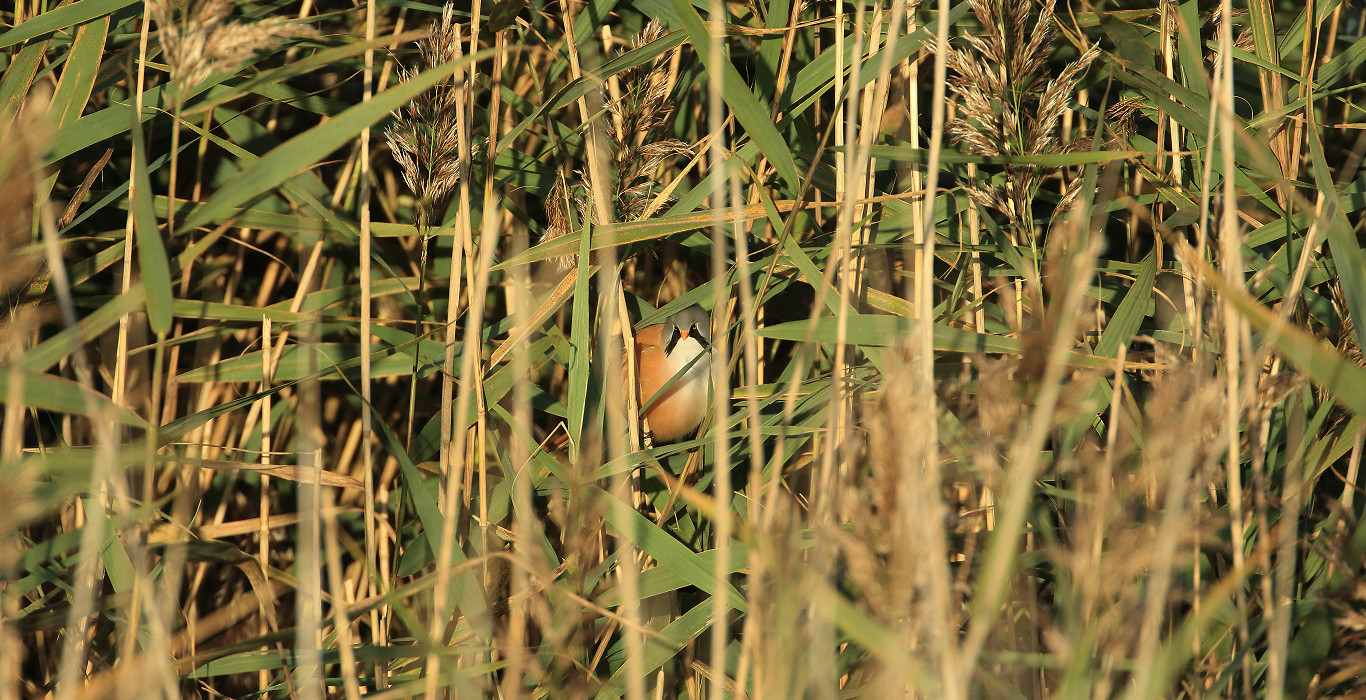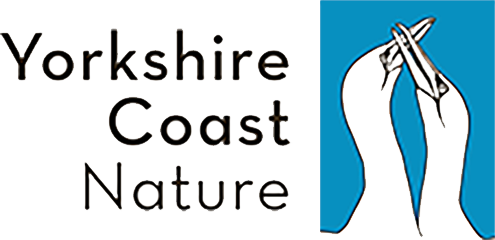A Brief History of Spurn Bird Observatory.


Following visits to Spurn by several members of the Yorkshire Naturalists’ Union in the late 1930’s, a communal log for ornithological observations was instituted in 1938. This included a roll call of species, the beginnings of a recording system, which later became standard in bird observatories.
Realising the potential of the Spurn peninsula for the regular observation of bird migration a group of enthusiasts, notably Ralph Chislett, George Ainsworth, John Lord and R.M. Garnett, had the idea of setting up a bird observatory, with the Warren Cottage at the northern end of the peninsula as an ideal headquarters. Unfortunately the outbreak of war forced them to put their plans on hold but shortly after hostilities ceased a lease for Warren Cottage was obtained from the War Department and the observatory was established shortly afterwards under the auspices of the Y.N.U. with the four members mentioned above forming the first committee.
A preliminary meeting was held in September 1945 to decide on the site for a Heligoland trap, work on which began almost immediately and the first bird (a Blackbird) was ringed on November 17 that same year. The first minuted committee meeting was held on March 9 1946 and the observatory was opened to visitors at Whitsuntide.
Initially coverage was limited to the main migration seasons, being extended to winter weekends in the early 1950’s to trap and ring some of the large numbers of Snow Buntings which used to occur at that time of year. Gradually coverage was increased (whenever possible) to cover the late spring and summer.


In 1959 there was an important development when the Yorkshire Naturalists’ Trust (now the Yorkshire Wildlife Trust) became the owners of the peninsula and thus the observatory’s landlord.
In 1960 a full time warden was appointed by the Trust, and although having no official connection with the observatory the fact of having an observer on the peninsula year-round inevitably helped to improve the ornithological coverage. This was especially the case from 1964 when the warden, Barry Spence, was appointed, in conjunction with the fact that an interest in birds and their migrations was steadily growing and more bird-watchers were staying at the observatory, often for longer periods.
When the observatory opened, there was accommodation for seven visitors in Warren Cottage and facilities included two chemical toilets, the Warren Heligoland trap and an ex-army hut as a ringing hut. Over the next ten years a further five Heligoland traps were constructed along the peninsula, although today only three remain in existence.
In 1959 the observatory gained the use of the Annexe, one of two ex W.D. bungalows built at the Warren during the early 1950’s, thus increasing the accommodation capacity to seventeen and providing much improved toilet facilities. Over the years the accommodation and facilities were slowly improved to try to make the visitor’s stay at Spurn as comfortable as possible.
Other improvements also took place and in 1968 part of one of the derelict buildings at the Point was converted into a ringing laboratory ready for the first BTO Ringing Course. This was held in the autumn of that year and then in 1971 one of the buildings at the Warren was converted into a ringing laboratory. The other part of this building became a laboratory for the use of students of Leeds University but this also became available to the observatory in the mid 1980’s when the University no longer had a use for it. Subsequently it was converted into a self-contained accommodation unit for two, complete with kitchen facilities, and although officially known by the somewhat unimaginative name of Room F (the rooms in the Annexe being known as Rooms A, C, D & E, – whatever happened to Room B?), it was somewhat irreverently christened “Dunbirdin” by regular visitors to Spurn.
In 1965 a sea-watching hut was erected east of the Warren beyond the line of the former railway track. Due to coastal erosion it became necessary to move this in late 1974, when it was hoped that it would last at least as long as it had in its first position. Alas, this was not to be, as the rate of erosion increased dramatically in the mid 1970’s, necessitating a further move in early December 1977.
In that year a clay bank had been built across the field behind Warren Cottage (Clubley’s field) to prevent the flooding of arable land by wind-blown seawater, but on January 11th 1978 Spurn suffered its worst flooding ever when a strong to gale-force north-westerly wind combined with a spring tide. In late 1981 due to extensive construction works at Easington a large quantity of boulder clay became available and this was used to build up and extend the bank across Clubley’s field, south towards Black Hut and north beyond Big Hedge to join up with an existing bank (which had been built in 1974) behind the scrape. In 1982 the sea-watching hut was repositioned on top of this bank, where it remained until the bank itself was washed away in the early 1990’s.
A number of other changes to the observatory recording area began to take place from the early 1970’s, including extensive building operations at the Point, commencing in 1974, with the construction of a new jetty for the Humber Pilot boats, new housing for the Spurn Lifeboat crew and the conversion and renovation of various existing buildings for use by the Coastguard and the Pilots.
In 1978, following damage to the existing road south of the Warren area a new tarmac road was laid to the west of the original one. This lasted until 1988 when a second “new road” loop had to be laid, followed in 1991 by the construction of the existing loop road running along the Humber shore from just south of the Warren to just beyond Black Hut.
The construction of this road resulted in the destruction of the actual Black Hut, although the area still bears the name. In 1981 the lines of wartime concrete anti-tank blocks running from the seashore to the Canal Zone were removed to fill in a breach at the Narrow Neck. This resulted in the southward extension of the Scrape field by the farmer up to Big Hedge and the start of a gradual decline in the condition of this hedge and its attractiveness to birds.
In 1982 a local resident excavated a pond for shooting purposes in the wet area adjoining the Canal Zone. This never really proved successful and the land was later purchased by the YWT and the pond enlarged to become what is now known as Canal Scrape. In 1984 a famous Spurn landmark, the Narrows “Hut”, a wooden migration watch shelter which had stood at the Narrow Neck for twenty-three years, was set fire to by person or persons unknown and completely destroyed, it was replaced the following year by a more solid construction made from breeze-blocks. A period of considerable change began in 1988 when the Spurn peninsula was designated as part of the Spurn Heritage Coast. Projects undertaken include the enlargement of the Canal Scrape mentioned above and the erection of a hide overlooking it, a hide overlooking the Humber wader roost at Chalk Bank, a public sea-watching hide alongside the observatory one, provision of additional car-parking space, the restoration of the short-turf habitat in the Chalk Bank area, provision of footpaths, etc. A major project was the renovation of the Blue Bell in Kilnsea for use as offices, an information centre and a small cafe, which became operational in 1995. Another recent project has been the creation of an additional scrape/pond on Clubley’s field.

In 1996 the observatory celebrated its fiftieth anniversary, and for the first time in its history it employed a full time seasonal warden. This position has since been expanded and the observatory now enjoys the services of a year- round warden. In 1998, with a view to the future, a small bungalow in Kilnsea was purchased with money bequeathed by the late John Weston, a long time committee member.
This was followed in 1999 by the acquisition of a strip of land adjacent to the property which is now known as the ‘Church Field’. It was initially planted with a sacrificial crop each year along with several groups of trees and a feeding station placed in the north-east corner.
2013 was a dramatic year for Spurn when on December 5 the biggest tidal surge since 1953 hit the east coast and changed Spurn possibly for ever. A combination of a 7.3m high tide and a deep low pressure system centred off north east Scotland ensured flooding of large areas of the peninsula together with a breach of the spit just south of the Warren area some 500m in length.
In 2014, a grant was secured from SITA and many additional trees were planted in Church Field together with deer proof fencing and a new Heligoland trap in the north west corner. Church Field was now beginning to look a very attractive proposition. Furthermore in 2014 ‘Corner Field’ was purchased adjacent to the Blue Bell Cottage to develop into habitat suitable for migrant birds to rest up and feed whilst on migration.

The real jewel in the crown was realised in November 2015 when Tharlesthorpe was secured. This was a 4 bedroomed residential property in the village of Kilnsea which was bought for renovation into a modern day hostel for visiting birders and naturalists. The new observatory was opened by Mike Dilger on March 27 2016. This date also coincided with the seventieth anniversary of the observatory. The property also included 1.5 acres of garden to the rear that is currently being developed into prime birding land for the birds and our ‘Friends of Spurn.’
The observatory continues to enjoy a best in class experience for all of our visitors whilst the committee’s long term strategic plan ensures that Spurn continues to be known as - A Magical Place.


